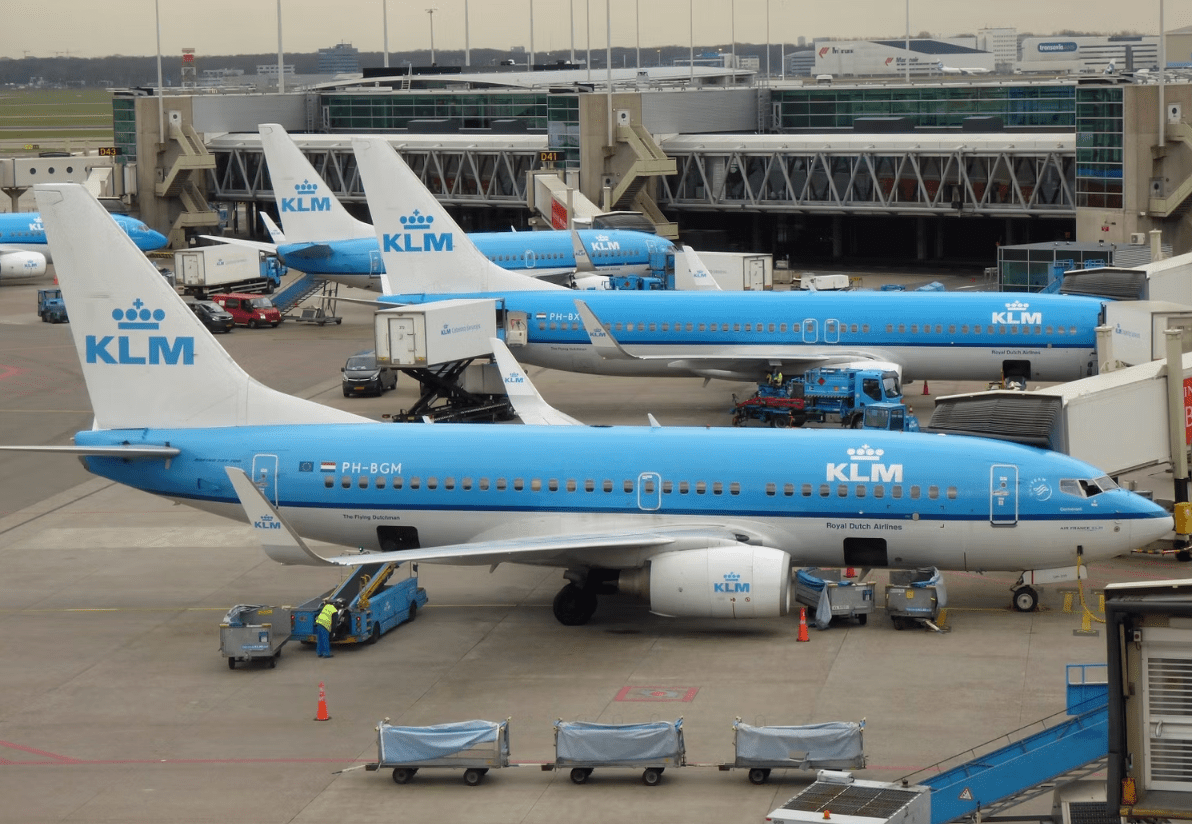A look at three things that pilots really love.

If you’ve read the title and are curious how this article might be remotely interesting, I hope you’ll read a bit further. Many of the things that make a pilot’s day are admittedly obvious, but the reasons behind them hopefully hold insights. Here are three things, and the reasons behind them, that can brighten a pilot’s day.
Compliments on the landing
Whether it’s actually true or not, pilots appreciate positive feedback on landings. Pilots joke with each other all the time about the quality (or lack thereof) of landings past and those to come. Lots of pilots jokingly look for omens or signs during a flight to indicate how their landing will be. If a flight goes off without a hitch from pushback to descent, pilots might joke before landing that all of their luck has been expended.
Landings are something that most pilots care deeply about, and we know whether we’ve done a good job, a mediocre one, or perhaps driven the gear into the runway. Positive substantiation of a landing from passengers and flight attendants alike does a lot to brighten a routine day of flying.

Photo: Vincenzo Pace I Simple Flying
No delays on the “go home leg”
The “go home leg” is sacred in the airline community. As you probably have guessed, the go-home leg is the final flight of a trip sequence. Half-serious jokes are regularly made about the extreme importance of being on time for go home leg, and perhaps you have heard flight attendants mention this to pilots. The statement being made is probably something like, “Make sure we’re on time, it’s go home leg!” Naturally, crew members look forward to completing their work like anyone else.
Returning home after multiple days away feels like a miniature celebration, perhaps to a greater extent than someone who returns home from work daily. Crew members who commute place even greater importance on being on time on the last sector of a trip—it might be the difference between making their commute home or having to pay for a hotel room.
Inbound aircraft being on time
Keeping with the theme of timeliness, pilots are always happy when the plane they are scheduled to fly arrives on time from its previous flight. Killing time in airports can be a chore, particularly if the crew is at an airport without a crew lounge or an easily accessible quiet space (most US pilots aren’t allowed in airline lounges in uniform, even if they have appropriate access, so this is not an option). Prompt arrival of the inbound plane eliminates the need to pass time and keeps a trip sequence intact. In extreme cases, a very late plane can throw off the next day’s schedule by pushing crews over duty limits.

Photo: Jake Hardiman I Simple Flying
Another consequence of delayed inbound aircraft is uncompensated time spent at work. Most, but not all, pilots have some kind of pay protection while on duty or away from home on a trip. On the other hand, many flight attendants do not have such protections. For the few pilots and many cabin crew who are only paid after the aircraft door is closed or the parking brake released, delays in the middle of a duty day are a morale killer. Inbound aircraft timeliness is a real boost to everyone’s mood and keeps crews feeling positive.
Source: Simple Flying

Warning: Illegal string offset 'cookies' in /home/u623323914/domains/eng.bayviet.com.vn/public_html/wp-includes/comment-template.php on line 2564